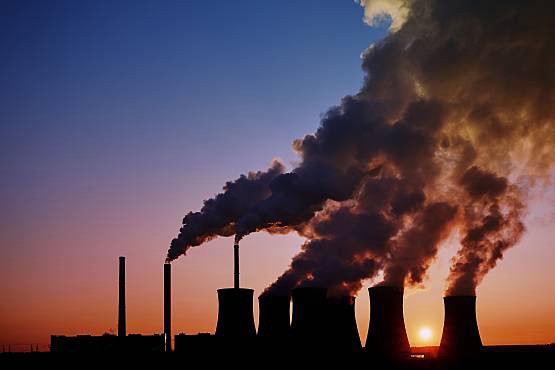Urgent action required to mitigate Climate Change
The Intergovernmental Panel on Climate Change (IPCC) have just issued their latest report – Climate Change 2022: Mitigation of Climate Change. It paints a stark picture of increasing greenhouse gas (GHG) emissions across all major sectors globally. Without a strengthening of policies beyond those that are implemented by the end of 2020, GHG emissions are projected to rise beyond 2025, leading to median global warming of 3.2 °C by 2100. To limit warning to 1.5 °C, urgent action is required.
Carbon Dioxide Removal (CDR) Essential To Achieve Net Zero
Cuts in GHG emissions alone are not sufficient. The report clearly states that large scale Carbon Dioxide Removal (CDR) will also be required – CDR
“is a necessary element of mitigation portfolios to achieve net-zero CO2 and GHG emissions both globally and nationally, counterbalancing residual emissions from ‘hard-to-transition’ sectors such as industry, transport and agriculture”. “All pathways that limit global warming to 1.5°C with limited or no overshoot project the use of CDR on the order of 100–1000 billion tonnes CO2 over the 21st century”
Methods of CDR
CDR technologies range from natural solutions such as afforestation/reforestation, coastal carbon enhancement and soil carbon sequestration through to more advanced technological solutions such as terrestrial enhanced weathering, ocean alkalinity modification and Direct Air Carbon Dioxide Capture and Storage (DACCS). Hybrid technologies that combine biological and technical include hybrid bioenergy with carbon capture storage (BECCS) and bioenergy with biochar sequestration (BEBCS).
Each method has a role to play but also limitations. For example, afforestation/reforestation is a relatively low-cost solution but is limited by the amount of available land. In addition, afforestation/reforestation and other nature-based climate solutions can be maintained for decades, but not over the very long term, as the ability of the system to take up additional CO2 will ultimately decrease. In addition, global warming is expected to put natural systems under stress, for example through the expansion in the range of pests and through increased wildfires. Thus, natural solutions are limited in the contribution that they can make to combatting climate change.
Methods of CDR such as BECCS and DACCS result in more permanent removal. However, the widespread adoption of BECCS (and BEBCS) would require enormous areas of land to be allocated to bioenergy crops. It is estimated that 5 – 29% of the world’s productive land would be required to remove 10 million tonnes of CO2. In contrast, an area the size of Ireland would be required to remove the same quantity of CO2 using DACCS[1]. In addition, DACCS plants can be located on non-productive marginal land.
The advantages of Direct Air Carbon Dioxide Capture and Storage (DACCS) in CDR

In addition, to low land area requirements there are many other advantages to DACCS. These include almost unlimited quantities of CO2 that can be removed, sustainable for centuries to come. Clean water as well as CO2 is harvested from the atmosphere, this is an important co-product in many parts of the world. In contrast, BECCS requires the addition of 600 m3 of water for every tonne of CO2 removed. DACCS has no direct impact on the nutrient cycle and no application of additional nutrients is required, in contrast to biomass crop-based pathways and ocean fertilisation and enhanced weathering. Quantities of CO2 removed are easily verifiable and no international agreements are required to scale up DACCS.
The IPCC report focuses on direct air capture and storage, however, the pure CO2 stream produced from DAC units lends itself well to carbon utilisation (Direct Air Capture & Carbon Dioxide Utilisation (DACCU)). Carbon dioxide can be used as a feedstock for a range of chemical products ranging from fuels through to methanol, polymers and fertiliser. In addition, it can be used directly in the beverage and food industries. DACCU is an important step in the transition to negative emissions.
NEG8 Carbon’s ambition in DAC
The IPCC report highlights the key role that DAC will have in limiting warming to 1.5 °C. It estimates that DAC will be required to remove up to 310 billion tonnes of CO2 from the atmosphere between now and 2100. This will require massive investment into DAC technology. NEG8 Carbon are working hard to make the widespread adoption of DAC a reality through our modular ‘plug and play’ carbon capture units. The units will have a small footprint (25 m2) and can be located virtually anywhere on the planet. NEG8 Carbon plans to roll out millions of these units capturing billions of tonnes of carbon dioxide in the coming decades.
Contact us to find out more.
[1] Felix Creutzig et al, The mutual dependence of negative emission technologies and energy systems, Energy Environ. Sci., 2019, 12, 1805-1817

